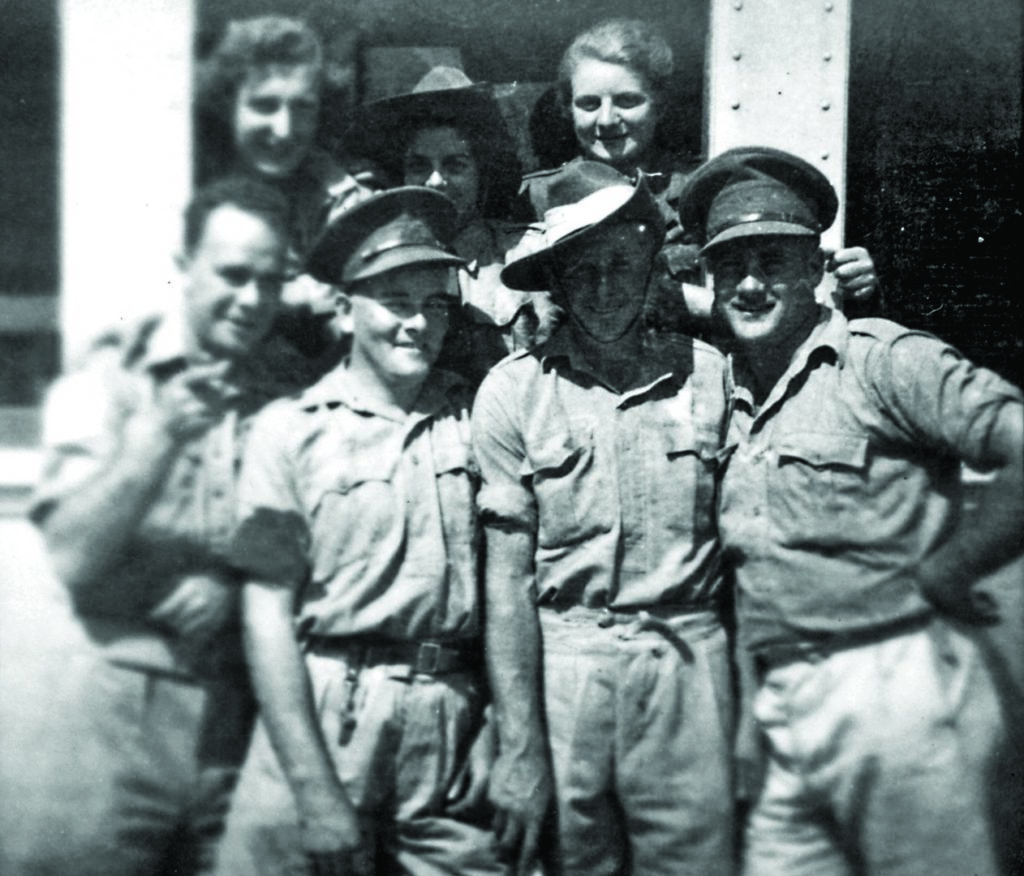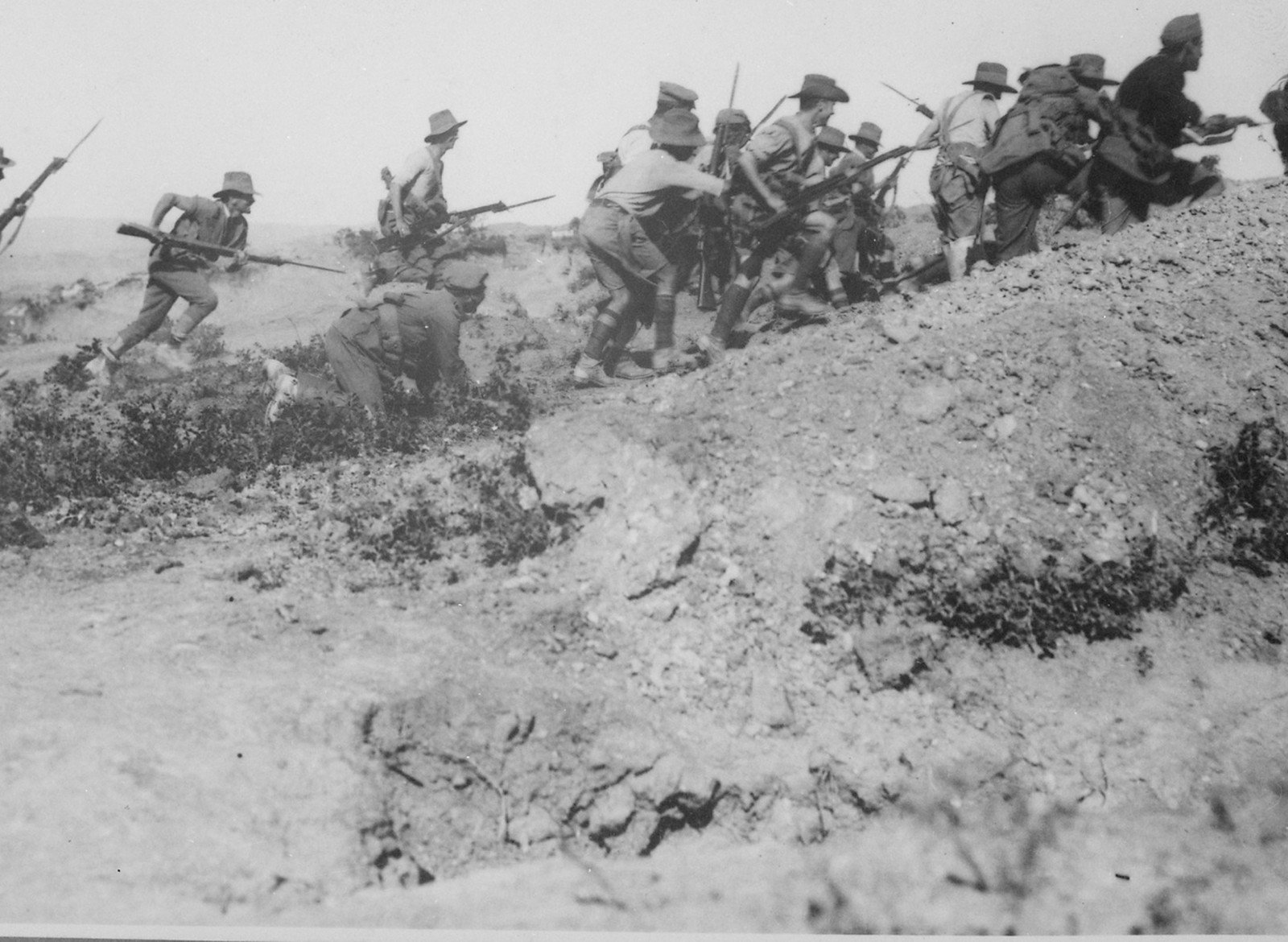The Legend
Saturday 25 April 2015 marks the passing of 100 years since the ANZACs landed at Gallipoli Peninsula in 1915 to embark on a doomed battle. This date marks 100 years since the beginning of a legend and the moment that Australia made its mark on the world as a newly formed federation.
Although deemed to be a failure due to such high numbers of wounded and the large loss of life, culminating in no military victory, the Gallipoli Campaign has instead become a significant moment in Australian history marking Australia and New Zealand alike as countries to be respected, establishing their reputations of strength and bravery in the face of severe adversity.
The landing at ANZAC cove as well as the battle at The Nek, where masses of men were slaughtered, saw the term ‘digger’ evolve, referring to a soldier of high moral character, courage, resourcefulness, a great sense of humour, respect for all people no matter their background and, above all, an overwhelming belief in mateship – so goes the definition of the ANZAC.
The tradition of ANZAC day is a day of national pride wherein Australians can pay respect to the soldiers that fought valiantly for our fair country and those who lost their lives. This year we pay our respects to the centenary of the moment that formed a legend, commencing at dawn on ANZAC cove all those many moons ago.

The Story
With Germany growing ever powerful and an increasingly desperate forecast coming out of Europe in 1914, war was imminent. Britain had the heavy decision to either remain neutral, turning a blind eye to war in mainland Europe, or to stand up for righteousness and raise arms against Germany. With Germany having declared war against France and Russia and also invading neutral Belgium, it was at 11 o’clock on August 4th 1914 that Britain declared war against Germany, as it had failed to exit Belgium at Britain’s wish. From this point the entire British Empire was officially at war.
Australia and New Zealand, along with other colonies and dominions of the British Empire supported Britain, France and the Russian Empire (who were later referred to as the ‘Allied Powers’) in their war effort against Germany, the Ottoman Empire (Turkey) and Austria-Hungary (later called the ‘Central Powers’). There was almost jubilation at the news in Australia, as most people thought that the war would be over by Christmas and the young men didn’t want to miss out on the excitement and adventure. Australia raised a new army comprised of volunteers, called the Australian Imperial Force (AIF), to aid in the war in Europe.
The convoy with the Australian troops was assembled in October and joined by New Zealand ready to journey north. Together, Australia and New Zealand formed the Australian and New Zealand Army Corps or ANZACs. The original strategy was that the allied naval fleet would pass through the Dardanelles Straits and seize the Turkish batteries, then sweep away the mines allowing the allied troops safe passage through the Dardanelles. It was only after the failure of the great naval attack of March 18th 1915 that the Gallipoli Campaign came to fruition. The ANZACs joined the British and French soldiers in a barrage of fire at what would later be called ANZAC cove.
The British had anticipated an easy landing on Gallipoli, but instead the ANZACs were faced with a difficult, desolate terrain and the enemy waiting for them with heavy fire coming from atop the cliffs. The landing at Gallipoli was at great cost to the Australian and New Zealand diggers. Very little headway was made against the force of 40,000 Turkish soldiers at the landing and fighting soon came to a stalemate. The Turkish and ANZACs ‘dug in’ creating kilometres of trenches, pinning down enemy fire with sniper fire and shelling. Ultimately the stalemate was ended in retreat with the evacuation of the ANZACs on December 20th 1915.
The Gallipoli Campaign was a catastrophe, with the ANZACs losing over 8,141 men and sustaining more than 18,000 wounded in this campaign alone. Australian soldiers went on to France to participate in some of the major battles of the First World War, such as the battles of Pozieres and the Somme. From Australia’s population of approximately five million, 330,000 served and 59,000 men were killed during the First World War.
© Lantern Club, Roselands

